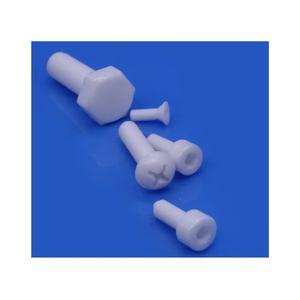Discover Premium Ceramic Products | Durability & Elegance United | Advanced Ceramics
PRODUCT PARAMETERS
Description
Overview of Zirconium Dioxide Ceramics
Zirconium Dioxide Ceramics, known for their toughness and ability to withstand extreme temperatures, are widely used in medical, automotive, and industrial applications due to their unique properties.
Features of Zirconium Dioxide Ceramics
Exceptional fracture toughness
High thermal expansion
Excellent resistance to wear and corrosion
Biocompatibility for medical implants
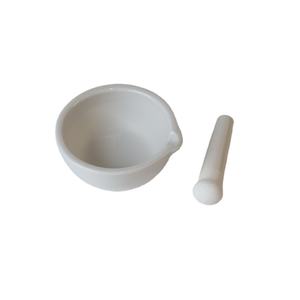
(94.7% ZrO2 5.2% Y2O3 Yttrium Stabilized Zirconia Ceramic Tetragonal Phase, Used for Oxygen Sensors and Fine Ceramics)
Specifications of 94.7% ZrO2 5.2% Y2O3 Yttrium Stabilized Zirconia Ceramic Tetragonal Phase, Used for Oxygen Sensors and Fine Ceramics
This material combines 94.7% zirconium dioxide (ZrO2) and 5.2% yttrium oxide (Y2O3). The yttrium acts as a stabilizer. It ensures the zirconia maintains a tetragonal crystal structure at room temperature. This phase offers high mechanical strength and thermal stability. The material suits applications requiring durability under extreme conditions.
The stabilized tetragonal phase resists phase transformation under stress. This prevents cracking during rapid temperature changes. The material handles temperatures up to 1,400°C. It remains stable in oxidizing and reducing atmospheres. This makes it ideal for oxygen sensors. The sensors measure oxygen levels in automotive exhaust systems and industrial processes.
The ceramic has excellent oxygen ion conductivity. This property is critical for sensor accuracy. It allows efficient ion movement at high temperatures. The material also resists corrosion from harsh chemicals. It performs well in acidic or alkaline environments. This extends the lifespan of components made from it.
Key specifications include a density of 6.05 g/cm³. The Vickers hardness exceeds 1,200 HV. The fracture toughness is around 8 MPa·m¹/². These values indicate strong resistance to wear and impact. The thermal expansion coefficient is 10.5×10⁻⁶/°C (20–1,000°C). This minimizes thermal stress during heating or cooling cycles.
The material’s low thermal conductivity (2.5 W/m·K) aids insulation in high-temperature setups. Its flexural strength reaches 1,000 MPa. This supports use in structural parts under heavy loads. The grain size is controlled below 0.5 micrometers. Fine grains enhance mechanical properties and surface smoothness.
Applications extend beyond oxygen sensors. The ceramic is used in precision components for aerospace and medical devices. It serves as crucibles for molten metal processing. Its wear resistance suits cutting tools and grinding media. Electrical insulation properties make it viable in electronic substrates.
Processing methods include dry pressing and sintering. Tight controls ensure consistent quality. Final products undergo grinding and polishing for precise dimensions. Custom shapes and sizes are achievable. The material meets industry standards for high-performance ceramics.
Testing confirms compliance with thermal and mechanical requirements. Batch consistency is prioritized for industrial users. The ceramic is packaged to prevent damage during shipping. Technical support is available for application-specific queries.
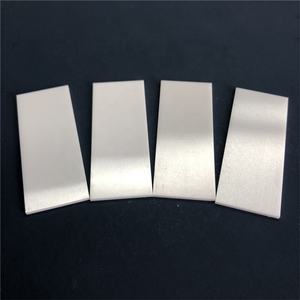
(94.7% ZrO2 5.2% Y2O3 Yttrium Stabilized Zirconia Ceramic Tetragonal Phase, Used for Oxygen Sensors and Fine Ceramics)
Applications of 94.7% ZrO2 5.2% Y2O3 Yttrium Stabilized Zirconia Ceramic Tetragonal Phase, Used for Oxygen Sensors and Fine Ceramics
94.7% ZrO2 5.2% Y2O3 yttrium-stabilized zirconia ceramic in the tetragonal phase is a high-performance material. It works well in extreme conditions. The mix of zirconia and yttrium oxide gives it stability. This stops cracks from spreading. The tetragonal crystal structure stays strong under stress.
This ceramic is widely used in oxygen sensors. Cars use these sensors to check exhaust gases. The material conducts oxygen ions at high temperatures. This helps measure oxygen levels accurately. Sensors last longer because the ceramic resists heat and chemicals. Factories and labs also use these sensors for air quality checks.
Fine ceramics made from this material are tough. They handle wear and corrosion better than metals or plastics. Medical tools like scalpels and implants use it. It doesn’t react with body fluids. Electronics use it for insulating parts. Its hardness makes it good for cutting tools and industrial wear parts.
The ceramic stays stable in temperatures over 1000°C. It doesn’t expand much when heated. Machines in aerospace and energy rely on this. It works in engines and turbines without breaking down. The material is processed by sintering. This makes it dense and free of flaws.
Yttrium keeps the zirconia in the tetragonal phase. This phase change toughens the material. It stops small cracks from growing. This makes the ceramic reliable for critical jobs. The balance of zirconia and yttrium ensures consistent performance.
This ceramic is chosen for jobs needing strength and durability. It resists thermal shock. Sudden temperature changes won’t damage it. Its electrical properties suit sensors and tech devices. Industries pick it for precision and long service life. The material meets strict standards for quality and safety. It adapts to harsh environments without losing function.
Company Introduction
Advanced Ceramics founded on October 17, 2014, is a high-tech enterprise committed to the research and development, production, processing, sales and technical services of ceramic relative materials and products.. Since its establishment in 2014, the company has been committed to providing customers with the best products and services, and has become a leader in the industry through continuous technological innovation and strict quality management.
Our products includes but not limited to Silicon carbide ceramic products, Boron Carbide Ceramic Products, Boron Nitride Ceramic Products, Silicon Carbide Ceramic Products, Silicon Nitride Ceramic Products, Zirconium Dioxide Ceramic Products, Quartz Products, etc. Please feel free to contact us.(nanotrun@yahoo.com)

Payment Methods
T/T, Western Union, Paypal, Credit Card etc.
Shipment Methods
By air, by sea, by express, as customers request.

5 FAQs of 94.7% ZrO2 5.2% Y2O3 Yttrium Stabilized Zirconia Ceramic Tetragonal Phase, Used for Oxygen Sensors and Fine Ceramics
What is 94.7% ZrO2 5.2% Y2O3 yttrium-stabilized zirconia ceramic?
This material is a ceramic compound containing 94.7% zirconium dioxide (ZrO2) and 5.2% yttrium oxide (Y2O3). The yttrium stabilizes the zirconia in its tetragonal crystal phase. This structure improves strength and thermal resistance. It is ideal for high-stress environments like oxygen sensors and precision ceramics.
Why is yttrium added to zirconia ceramics?
Yttrium oxide stops the zirconia from changing its crystal structure under heat or stress. Pure zirconia can crack when temperatures shift. The yttrium keeps the tetragonal phase stable. This prevents cracks and makes the material last longer in tough conditions.
What applications use this zirconia ceramic?
It is mainly used in oxygen sensors for cars and industrial machines. These sensors measure oxygen levels in exhaust systems. The ceramic’s stability ensures accurate readings. It is also used in fine ceramics for medical tools, cutting blades, and industrial parts needing durability.
What benefits does this material offer?
The ceramic resists high temperatures, wear, and corrosion. It stays strong under mechanical stress. Its low thermal conductivity reduces heat transfer. These traits make it reliable in harsh settings. Its stability ensures consistent performance over time.
How should this ceramic be handled during use?
Avoid exposing it to sudden temperature changes. This prevents thermal shock. Keep it clean to maintain performance. Follow manufacturer guidelines for installation. Use proper tools to prevent physical damage. Store it in a dry place to avoid moisture absorption before use.
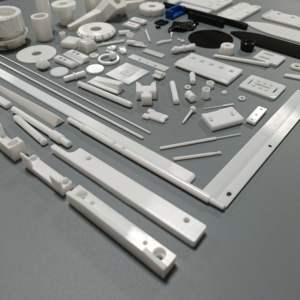
(94.7% ZrO2 5.2% Y2O3 Yttrium Stabilized Zirconia Ceramic Tetragonal Phase, Used for Oxygen Sensors and Fine Ceramics)
REQUEST A QUOTE
RELATED PRODUCTS
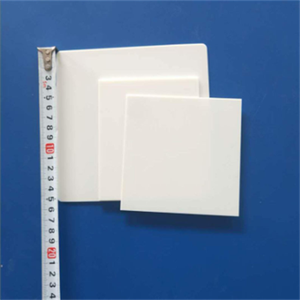
Refractory White Zirconia Powder Fused Yttria Stabilized Zirconium Oxide Powder for Ceramic Coating Thermal Spray
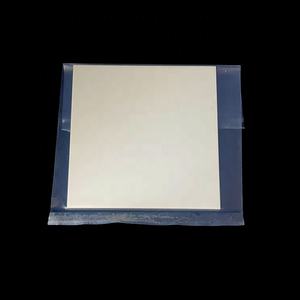
ZrO2 Pure Powder Lab Dental Implantable Yttria Stabilized pink Calcia Stabilized Zirconia Ceramic Powder in Pakistan
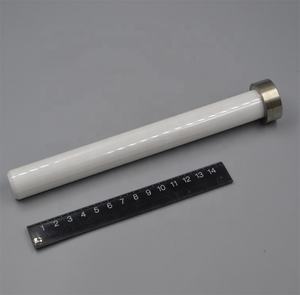
ZrO2 Ceramic Rod Pins/ceramic Threaded Rods/ Customized Zirconia Structural Ceramics
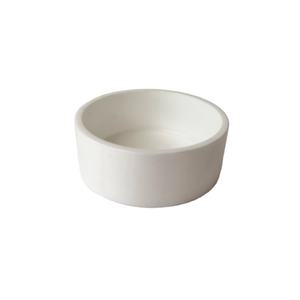
Sintyron Mgo Stabilized Yellow Ceramic Zirconia Crucible
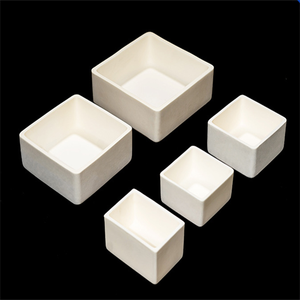
Zirconia Ceramic 100*100 ZrO2 Zirconia Ceramic Substrate


